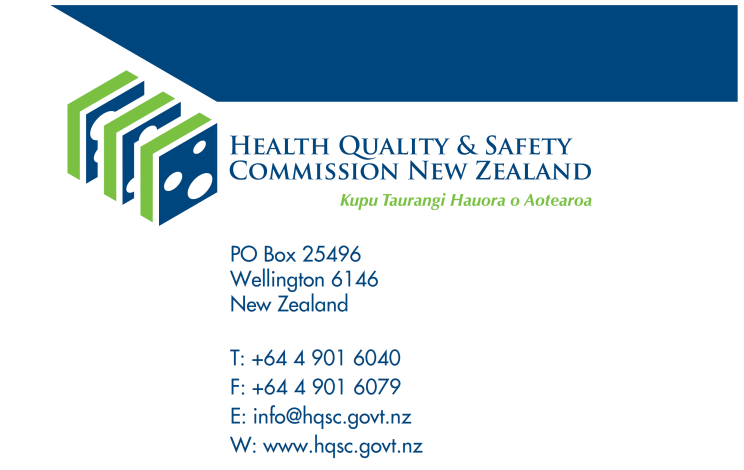

17 May 2018
Jason McIntosh
[FYI request #7822 email]
Dear Mr McIntosh
Youth mortality and suicide
I refer to your 13 May email requesting information about youth mortality and suicide in New
Zealand. In response to your information request, the information you seek is publicly available
(s18(d) of the Act) at:
www.hqsc.govt.nz/our-programmes/mrc/cymrc/publications-and-
resources/publication/1311/
Questions
Answers
1. I learnt from Radio NZ
The Child and Youth Mortality Review Committee (CYMRC)
News Media that NZs
recently released the 13th Data Report (‘the Report’). The
main cause of death in report contains information on mortality in children and young
youth is suicide. Is
people aged 28 days to 24 years. From the age of 15 years
this factual?
onwards, suicide is the leading cause of death, and accounts
for 36 percent of all deaths in young people aged 15-24
years. There were 1758 deaths due to suicide during the
period 2002-16. For further details on suicide mortality in
children and young people aged 10-24 years, refer to chapter
5 of the Report.
2. Is it also true that the
Figure 5.4 (p.61) of the Report shows the distribution of
majority of these self-
suicide mortality in children and young people aged 10-24
inflicted deaths occur
years by NZ Deprivation Index decile (NZ Dep). This figure
mainly in the more
shows that deaths due to suicide are more frequent in those
impoverished areas?
living in more deprived areas. The suicide mortality rate was
statistically significantly higher in those children and young
people living in deprivation deciles 7-10 (‘most deprived’)
than those living in deciles 1-3 (‘least deprived’).
3. What are our suicide
Detailed statistics on suicide mortality in children and young
statistics?
people aged 10-24 years are presented in the following
tables in chapter 16 of the Report (p.103-4):
Figure 5.1 shows the numbers and rates of suicide
deaths in children and young people. There were 118
such suicide deaths in 2016 (a rate of 12.72 per 100,000
population).
Figure 5.2 shows the numbers of suicide deaths by age
and sex. Males are over-represented in suicide mortality


data, although this is not apparent until the mid-teenage
years. In the younger years, the rate of suicide deaths in
males and females is similar. Among those aged 10-24
years, the ratio of male to female suicide deaths is 2.5 to
1.
Figure 5.3 shows the numbers of suicide deaths by age
and ethnicity. Deaths due to suicide in Māori tend to
begin at a younger age: 60 percent of deaths in those
aged 10-14 years were in tamariki Māori.
Figure 5.4 shows the rates of suicide by NZ Deprivation
Index decile. The suicide mortality rate was 7.43 per
100,000 in the least deprived decile and 20.31 per
100,000 in the most deprived decile.
4. How are we now
The CYMRC does not make international comparisons with
ranked in the world?
other countries on suicide statistics. However, there are at
least two international reports where New Zealand youth
suicide rate comparisons are made:
A UNICEF report that presents World Health
Organization (WHO) mortality data on adolescent suicide
rates in young people aged 15-19 years in high income
countries, 2009-13 (see p.22). This report is available at
UR
L: www.unicef-irc.org/publications/pdf/RC14_eng.pdf
An OECD report that presents WHO mortality data on
teenage suicide in young people aged 15-19 years (see
p.2). This report is available at URL:
www.oecd.org/els/family/CO_4_4_Teenage-Suicide.pdf
You have the right to seek an investigation and review by the Ombudsman of this decision.
Information about how to make a complaint is available at
www.ombudsman.parliament.nz or
0800 802-602.
Yours sincerely
Karen Orsborn
Acting Chief Executive



